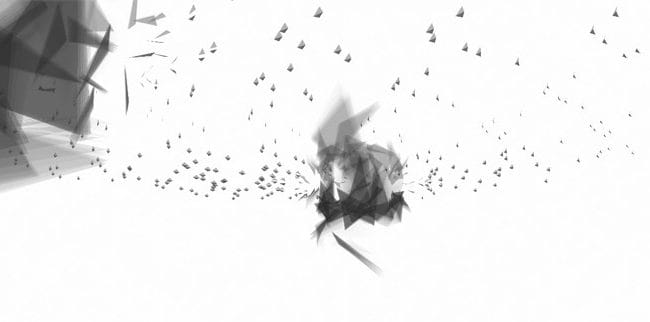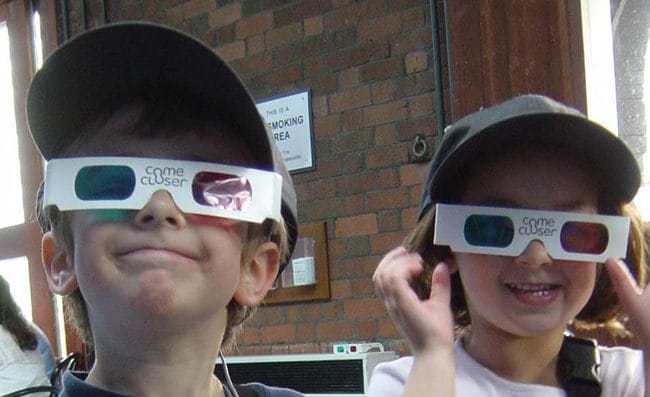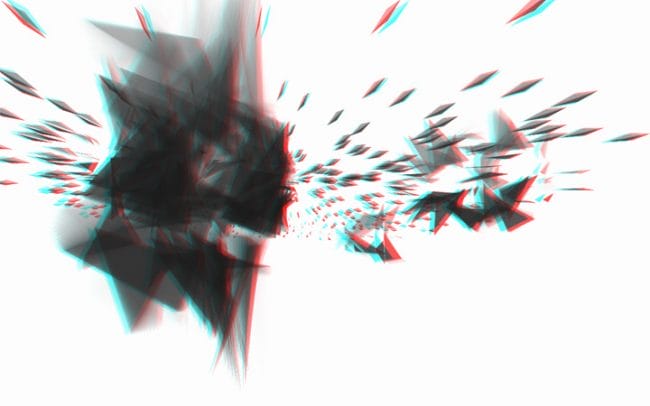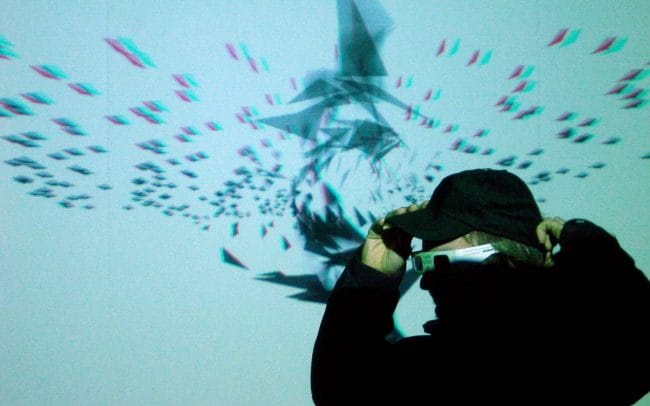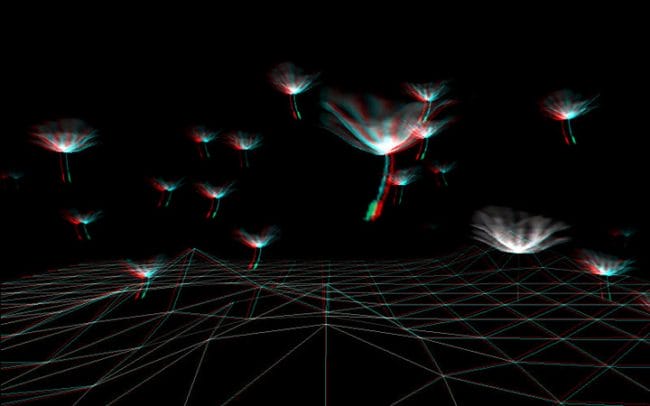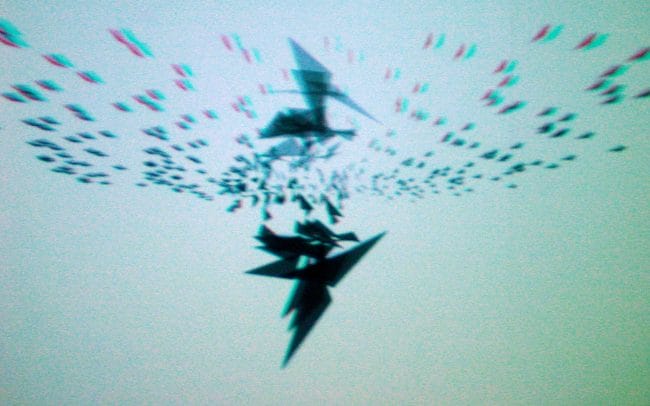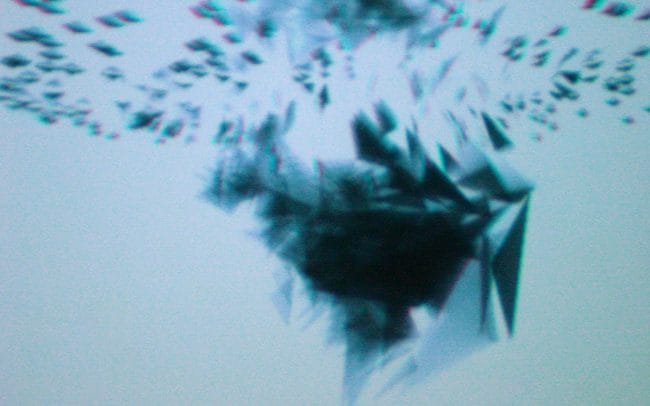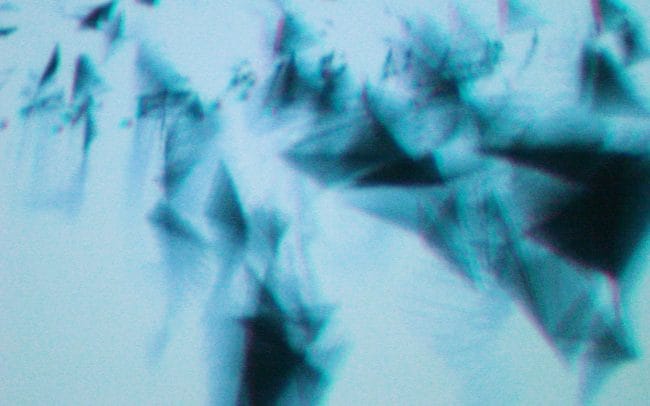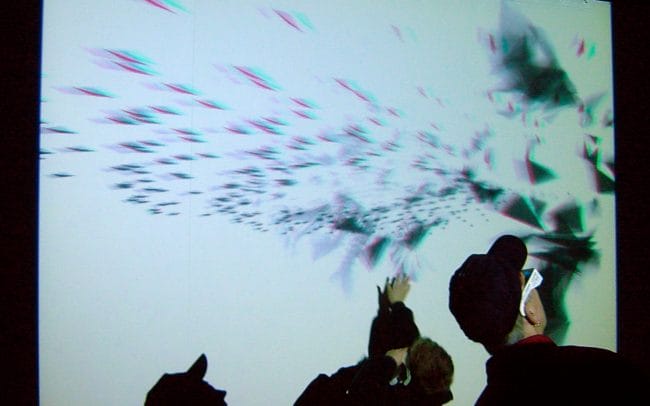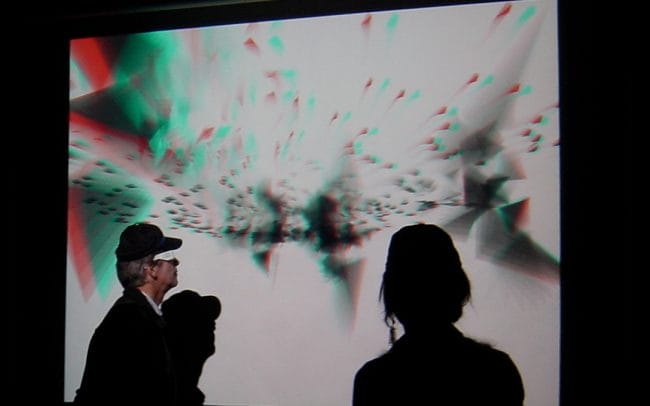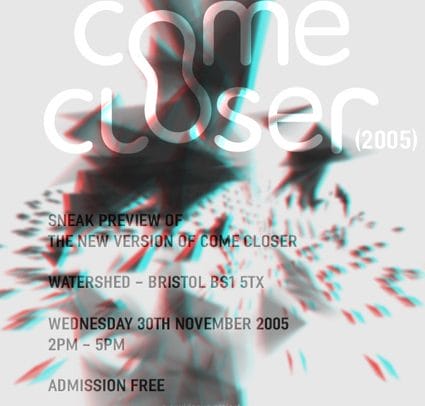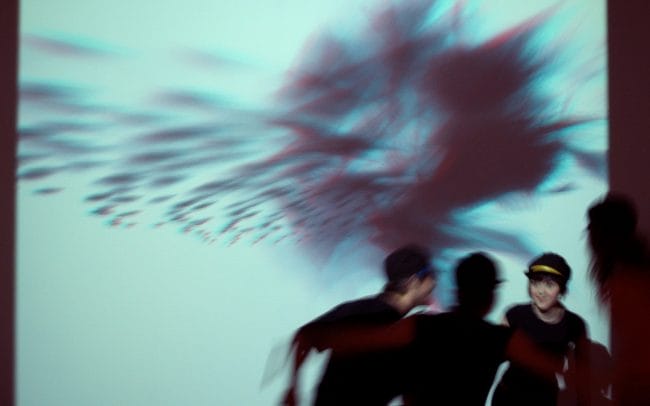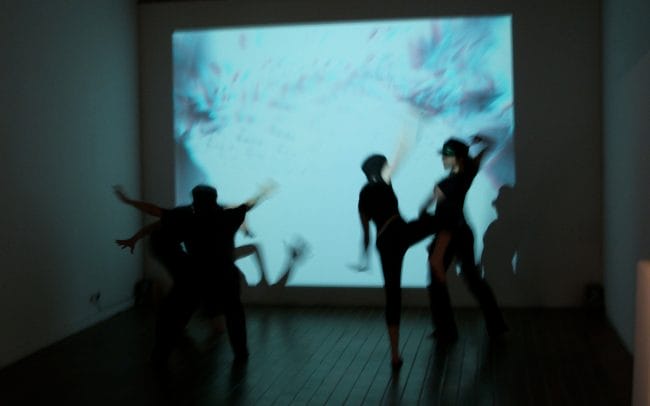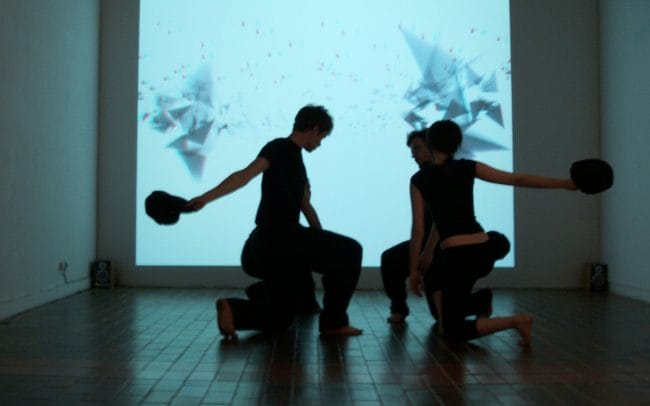Come Closer (2004)
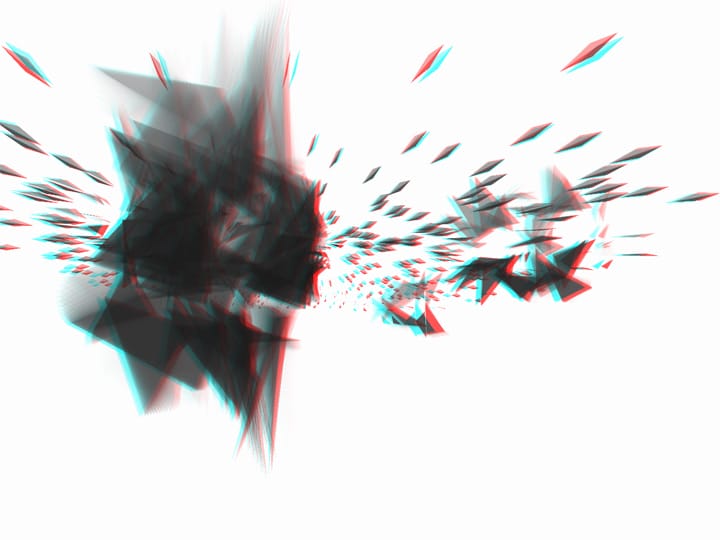
Come Closer uses wearable technology and collaborative interaction to explore and challenge our sense of personal space and proximity to others. Participants in the piece become acutely aware of each other; aware of their presence in both physical and virtual space. They are encouraged to probe and investigate the boundaries that define our personal space, to test them and to cross them. Interaction is defined entirely by people’s position in a room, and the distances between them and others.
Visitors wear hats that contain ultrasonic transmitters. Their location is then tracked and displayed on the projection screen, as a kind of augmented mirror, where the image seen is an abstraction of those present in the physical space. The nearer people get to each other, the more prominent their presence becomes… how close do you dare go?
Main areas of investigation for the project
– Proximity and collaboration. In an immersive experience dominated by sound and digital projection, people become less aware of the physical presence of others, focussing instead on the virtual. However, if the virtual space works as a mirror on reality, with each person represented in the virtual space, awareness of others begins to return. Furthermore, if representations in the virtual space are affected by the proximity of other people, and if things begin to happen when you get close to someone else, this will have an effect on the behaviour of people using the space.
– Altered reality and unnatural physical relationships. We know how space is supposed to unfold before us when we move through it – sonically as well as visually. When these relationships are altered, connected in new and different ways, we become acutely aware of them and try to rationalise the changes. The effects can be unnerving yet ultimately rewarding as we master the new relationships and make them work for us in creative ways.
– Multiple simultaneous participants. The notion of ‘shared experience’ is central to Come Closer, and this needs to work in the crossover between virtual and real. The project uses a wall projection as a virtual mirror; movement in real space is seen in the ‘reflection’ – an abstracted mirror image of the real space.
Come Closer was the subject of a collaborative research paper. The paper was presented at VSMM 2007 (Xian, China) and awarded Best Paper. Published by Springer. Or downoad the paper from here.
Text+Work published a small full-colour book with essays by Bob Cotton and Jim Campbell on Come Closer and the work of Squidsoup. Download the pdf HERE, or ASK them for a printed copy. The publication coincided with Squidsoup’s solo show (April/May 2007).
Come Closer has been shown at Text+Work, Lovebytes, Futuresonic and at Watershed. It was also presented at VSMM (Xian, China). Come Closer is a squidsoup project, developed with funds from the Clark Digital Bursary and Arts Council England (Grants for the Arts).
Development was supported by Watershed Media Centre, Mobile Bristol, JA Clark Charitable Trust, Arts Council England and The University of the West of England.
Positioning technologies developed by Pyxis Design / Cliff Randell (University of Bristol)

